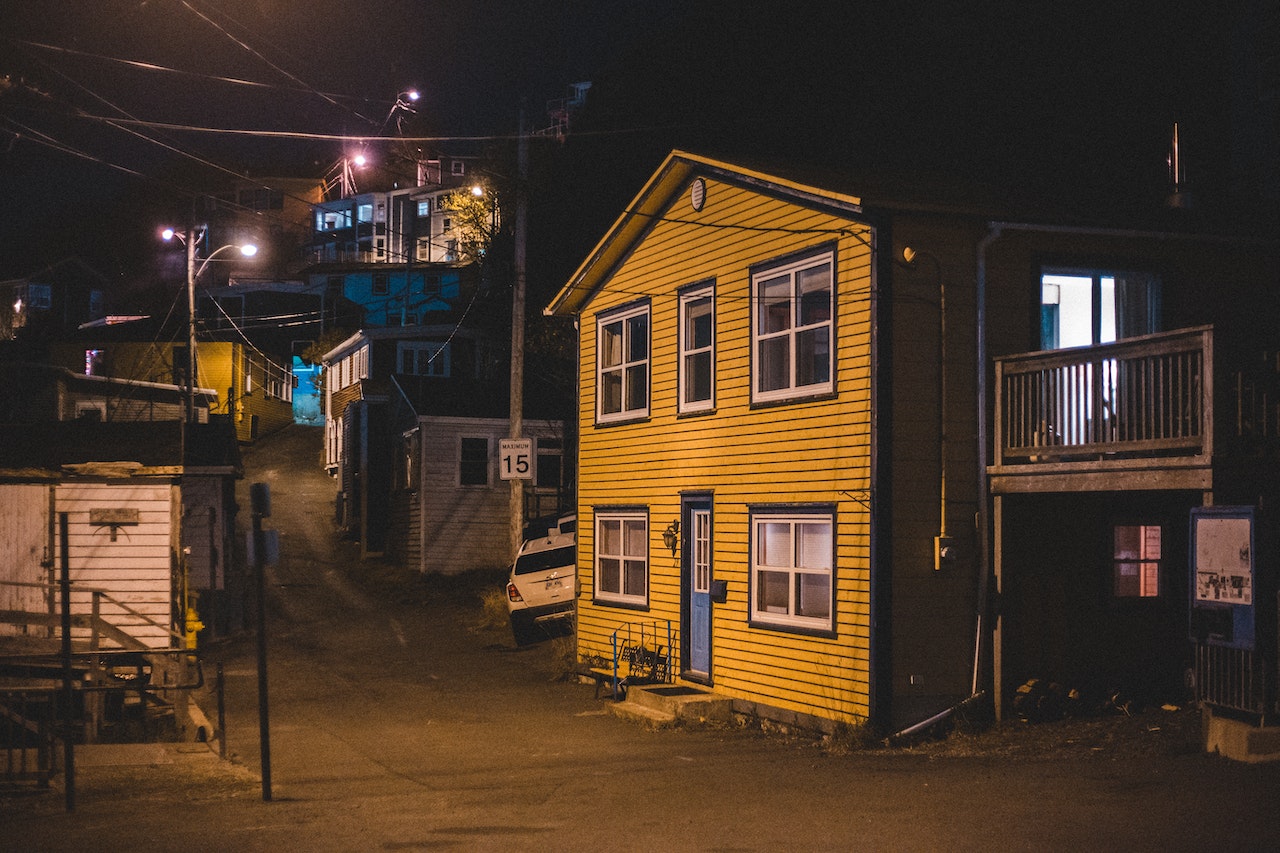Short on Cash? Use a HELOC to build your Chicago Real Estate Portfolio

You’ve found the perfect Chicago real estate investment property, but you’re short on cash and aren’t in a position to liquidate your other financial assets.
A home equity line of credit (HELOC) allows you to use your home’s equity as collateral so you can obtain the cash you need for your real estate investments. Here’s what you need to know about using a HELOC for your next Chicago real estate investment.
What is a HELOC?
A HELOC is a line of credit that allows you to borrow against the equity in your home.
The equity in your home is the difference between your home’s value and the amount that you owe on your home. For example, if your home is worth $300k and your mortgage is for $100k, you have $200k worth of equity.
How much you can borrow using a HELOC depends on several factors, including:
-
Your credit score
-
The amount of equity in your home
-
Your lender’s HELOC guidelines
-
Your debt-to-income ratio
For example, assume that your lender allows well-qualified borrowers to use their HELOC to borrow up to 90 percent of the value of their home. With a home worth $300k, this means that you can potentially borrow $270k.
However, you have to consider any loans that you already have on the home. If you already have a mortgage of $100k, you have $170k worth of equity that you can potentially borrow against.
What’s the Difference Between a HELOC and a Home Equity Loan?
With a HELOC, you’re allowed to take draws as you need them. It’s a line of credit and functions similarly to a credit card in that you can use it as you need it.
For example, if you’re approved for a $170k HELOC, you don’t have to take all the loan proceeds at once.
Instead, you take draws from the HELOC as you need them for your desired amounts. This allows you to minimize your interest costs because you’re only borrowing the amount that you need for your investment.
You usually have a specified draw period for a HELOC (typically 10 years), followed by a repayment period (usually 15-20 years in length).
During the draw period, you have to make a minimum payment that covers the interest on your HELOC advances. Your minimum HELOC payment will fluctuate if you take additional advances or pay down the balance. Once you enter the repayment period, your HELOC payment will increase so that you’re paying down the amount that you owe.
Like a HELOC, a home equity loan is also secured by your home’s equity. However, where a home equity loan differs from a HELOC is that you have to take all of the money that you borrow as a lump sum.
A home equity loan has a fixed term and a stated interest rate; you’ll make regular monthly payments for the amount that you borrow. You must decide in advance how much you want to borrow, as a home equity loan doesn’t permit additional advances.
How Can You Use a HELOC to Build Your Real Estate Portfolio?
Chicago is one of America’s fastest-growing real estate markets so if you want to take advantage, a HELOC is a fantastic tool to help you build your real estate portfolio. You can set your HELOC up so that it’s available to use when you find a real estate opportunity you want to invest in. There are no interest expenses until you take an advance from your HELOC.
What are the Advantages of Using a HELOC?
One of the top advantages of using a HELOC for your real estate investing is the flexibility.
You’re allowed to take money from your HELOC multiple times, up to the full amount of the HELOC. If desired, you can pay the HELOC’s balance down and use it again in the future.
Though a HELOC has a variable interest rate that fluctuates depending on the prime interest rate, it tends to be a low-cost source of capital.
You’re allowed to have multiple HELOCs on a single property to continue to access your home’s equity in periods where property values are increasing.
What are the Risks of Using a HELOC?
Due to the ease of acquiring a HELOC, some individuals may be tempted to borrow more money than they need (instead of making decisions that ensure their real estate investments and renovations are cost-effective).
The interest rate on a HELOC is variable; this means that if the prime interest rate increases, your HELOC payments can increase.
You should also be prepared to repay your HELOC when the draw period ends, otherwise, you risk losing your home. Remember, your home is collateral for your HELOC. This means that if your fail to repay your HELOC, your lender can seize your home.
Get Started on Your Real Estate Investments
Ready to start construction or renovations on your real estate investment? Quality Builders is the premier general contractor for real estate investors in Chicago. We use the latest technology to automate schedules and provide daily reports with a summary of work completed and photos.
Click here to schedule a consultation with our team.
Photo by Erik Mclean: https://www.pexels.com/photo/empty-street-in-suburb-at-night-5763173/
